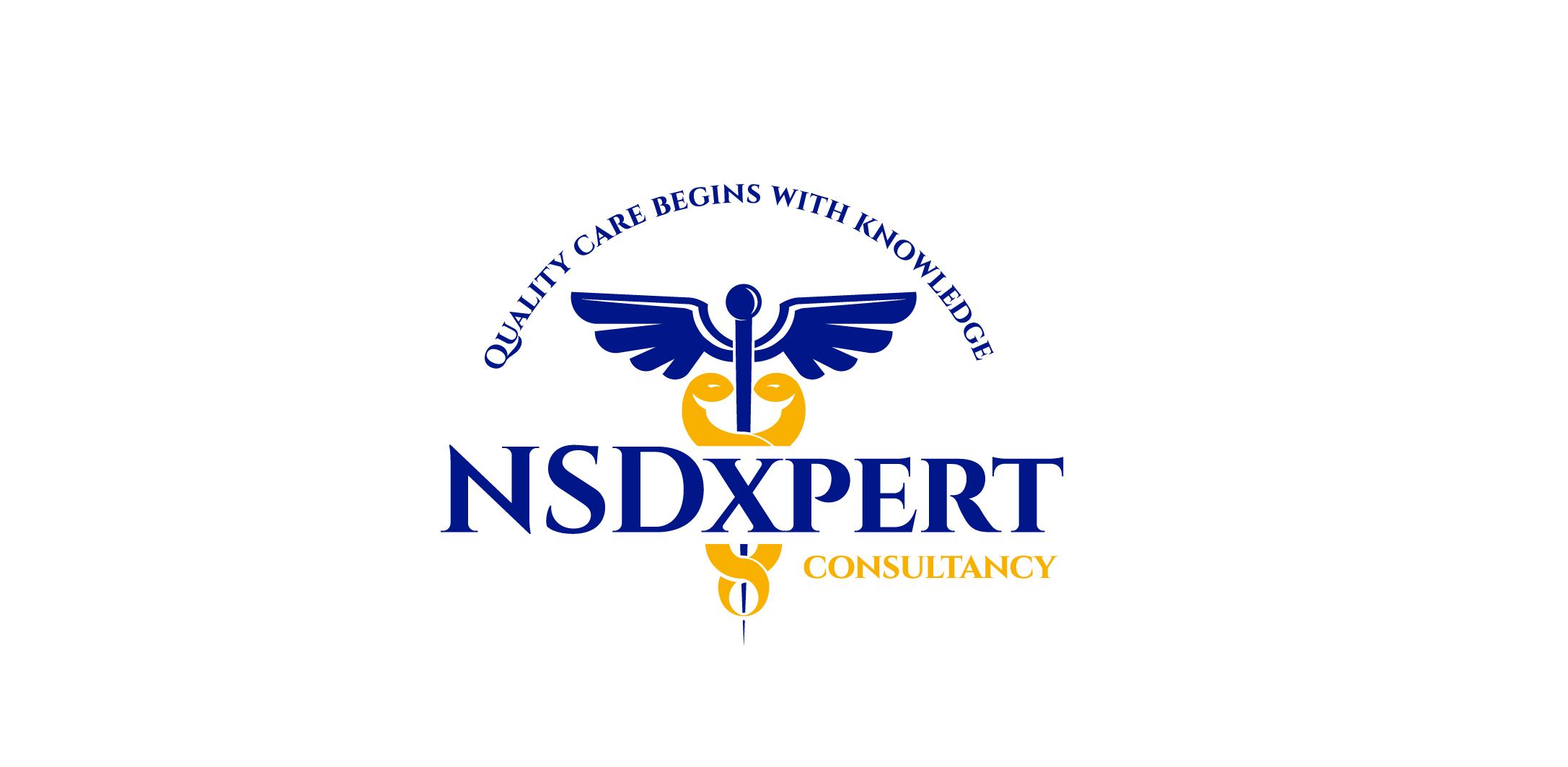Hiring to Retention: A Model of Community Integration
$0
Complimentary
90 MINUTES | 1.5 CONTACT HOUR
Hiring to Retention: A Model of Community Integration
Presenter:
Sylvia K. Abbeyquaye, Ph.D. MPA RN
Behavioral Objectives:
Upon completion of this program participants will be able to:
- Understand the scope and severity of the nurse turnover problem in long-term care facilities and its impact on healthcare quality and access.
- Explain factors contributing to nurse turnover in long-term care facilities.
- Explore the proposed community integration model as a facilitator of nurse retention.
- Discuss practical strategies for implementing elements of the community integration model in long-term care facilities.
COURSE
Choose Your Plan
Starter
0
/ yearly
/ monthly
placeholder text
Advanced
0
/ yearly
/ monthly
placeholder text
Ultimate
0
/ yearly
/ monthly
placeholder text
I am glad to be a part of the Nature Love project. All the campaigns are so helpful to others and the environment!
Tod Winfred
As a teacher, I made it a life goal to help people see the importance of a healthy environment and wildlife!
Adele Francis
Being senior citizen, I found a great way of making a difference. I am especially passionate about reforesting!


